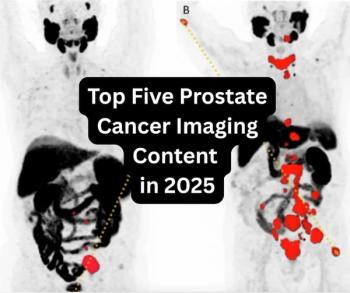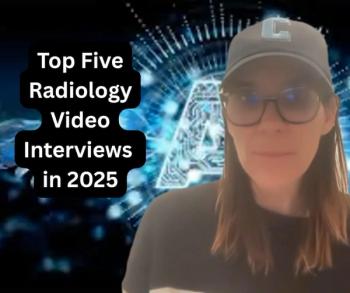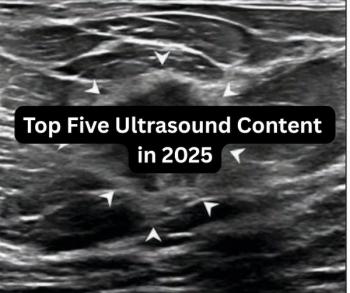
Internet helps transform traditionalapproach to radiology instruction
Radiology requires practitioners to appreciate hownormal anatomy appears on imaging and to understandthe basis of diseases that may be observed.
Radiology requires practitioners to appreciate how normal anatomy appears on imaging and to understand the basis of diseases that may be observed. Use of updated technology for imaging and the detection of abnormalities is crucial. Good image quality is vitally important if learners are to understand the abnormality correctly.
The Internet has become an excellent resource for education, not only in the field of radiology but in many other medical fields, too. Many websites provide interactive presentations and online lectures. Some specific medical search engines have also been developed.
Online learning offers an alternative to learning via textbooks or other printed materials. All you need is access to the Internet via a computer. Lectures given by leading experts can be viewed at a time that is convenient to you. Students can relisten to parts of presentations that they may have misheard or not fully understood. Further information can be found online using dedicated radiology search engines.
The Internet also makes it easier for lecturers and students to prepare presentations. Pictures, tables, and graphic information can be copied, pasted, and cropped. Time saved searching for information means more time for learning.
Portal websites provide good starting point. These sites contain links to other, specific teaching websites and act as gateways. Two examples are
FAVORED SITES
Below is a selection of our favorite websites that may be helpful for radiology learning.
•
Links included on www.radiologyeducation.com must fulfill four core quality standards, they must be free to use, and the information provided must be primarily accessible in HTML.
•
Yottalook Web has been designed for general searches of online radiology resources. Results can be refined further using preprepared search terms, categories, or Google tools.
Yottalook Image can be used when looking for radiological images from peer-reviewed online sources. It currently has access to over 700,000 images. Results are displayed as small image icons. The image is enlarged when a mouse is dragged over it. Clicking on the image links directly to its source: for instance, the journal Radiographics. Search results can be refined further with a modality filter, as for Yottalook Web.
Yottalook Journal has been developed for searches within radiology-related journals. Results display the full name of the article and all involved authors. Again, the modality filter will help refine search results. There is an additional refinement that allows you to find reviews of a specific topic with links.
Yottalook Anatomy focuses on higher ranking anatomic or radiographic atlases.
Yottalook Books provides links to radiology or imagingrelated textbooks. Page content is available to view, as are comments on the book. Links are provided to sites where the book can be purchased.
• goldminer.arrs.org (American Roentgen Ray Society). ARRS GoldMiner provides instant access to well over 200,000 images published in 249 peer-reviewed radiology journals. Goldminer has additional age and sex refinement options, but its overall capabilities are less than yottalook.
•
Labels for specific structures can be altered; for instance, if you want to view only ligaments, muscles, or nerves. CT, MRI, and x-ray images are available for nearly all areas of human anatomy, including the head, thorax, abdomen, and extremities.
Users must register before using this website. Basic site access is free. Access to higher resolution images and fullscreen modules requires payment. Subscriptions are available for annual, monthly, and one-off use.
•
•
•
ONLINE LECTURES
Some online lectures have restricted access and users must pay a fee to watch them. Other websites offer online lectures free of charge.
• cyberricci.myecr.org (European Society of Radiology). Radiologists and radiographers from outside of Europe can apply online for free membership in the European Society of Radiology (www.myesr.org). Once this process is complete, users can access over 350 recorded lectures from the European Congress of Radiology and annual meetings hosted by subspecialty societies, such as the European Society of Gastrointestinal and Abdominal Radiology and the European Society for Magnetic Resonance in Medicine and Biology.
More than 6300 poster presentations can be viewed by selecting EPOS. The EDIPS download feature offers access to more than 1000 PowerPoint presentations.
•
Newsletter
Stay at the forefront of radiology with the Diagnostic Imaging newsletter, delivering the latest news, clinical insights, and imaging advancements for today’s radiologists.




























